
Culture
23:10, 31-Dec-2017
Yan Fu calligraphy exhibition displays some of his personal works
CGTN
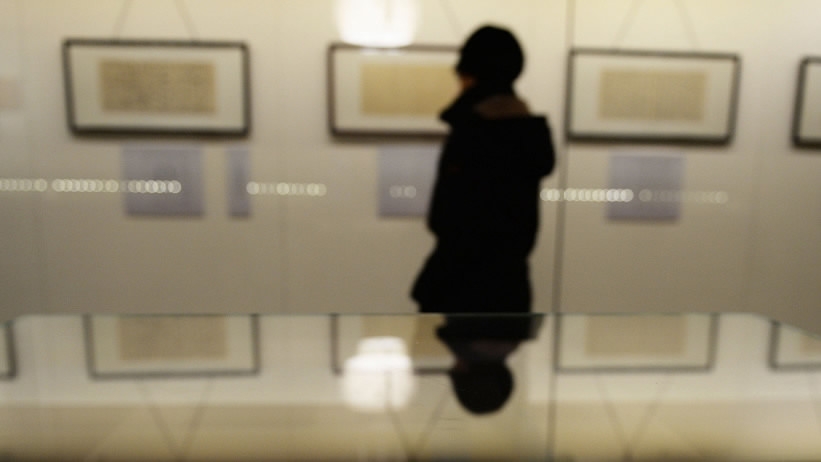
A calligraphy exhibition featuring the work of Yan Fu, a prodigious scholar, translator and enlightenment thinker in Chinese modern history, kicked off at the Palace Museum Thursday, and explores a quintessential part of Chinese art.
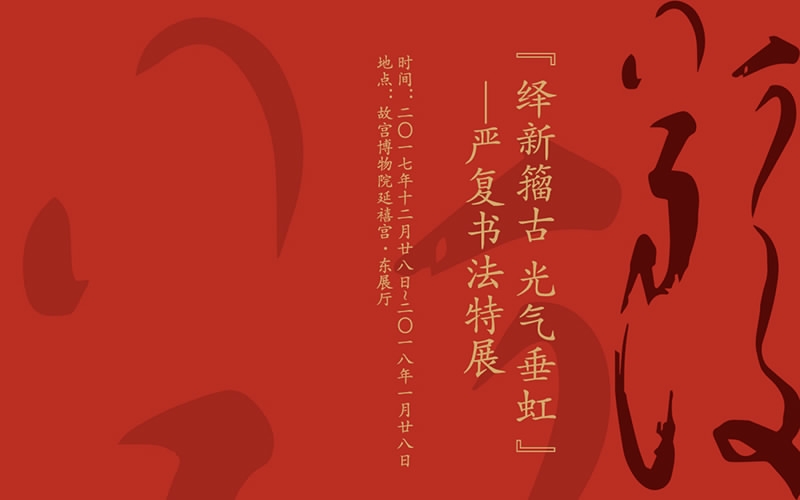
The poster for the exhibition /Palace Museum Photo
The poster for the exhibition /Palace Museum Photo
The exhibition running till late January 2018 displays over 100 pieces of Yan's written artifacts, including letters, annotations, couplets, inscriptions for friends, as well as his translations and showcases some of his rarely-known achievements in calligraphy.
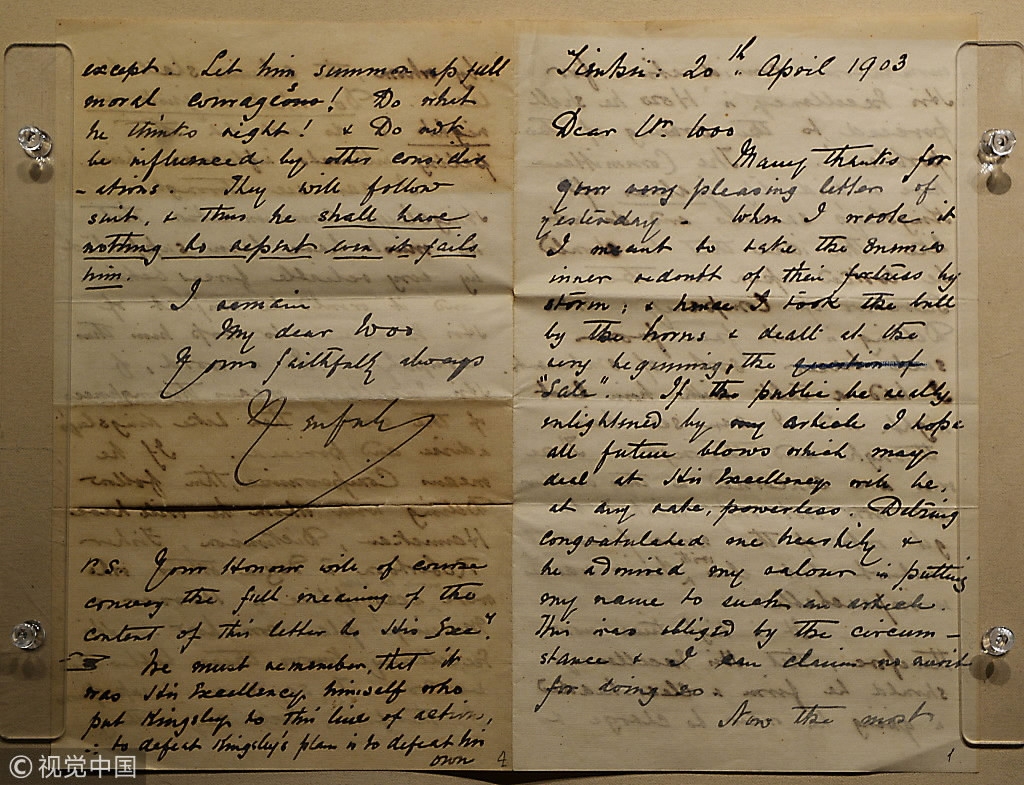
Yan Fu's English calligraphy /VCG Photo
Yan Fu's English calligraphy /VCG Photo
With the eclecticism of calligraphy masters such as Wang Xizhi (303-361), Yan Zhenqing (709-785), and Su Shi (1037-1101), Yan Fu's work features vigorously executed characters with delightful elegance and masterly ease in regular, running, and cursive scripts.
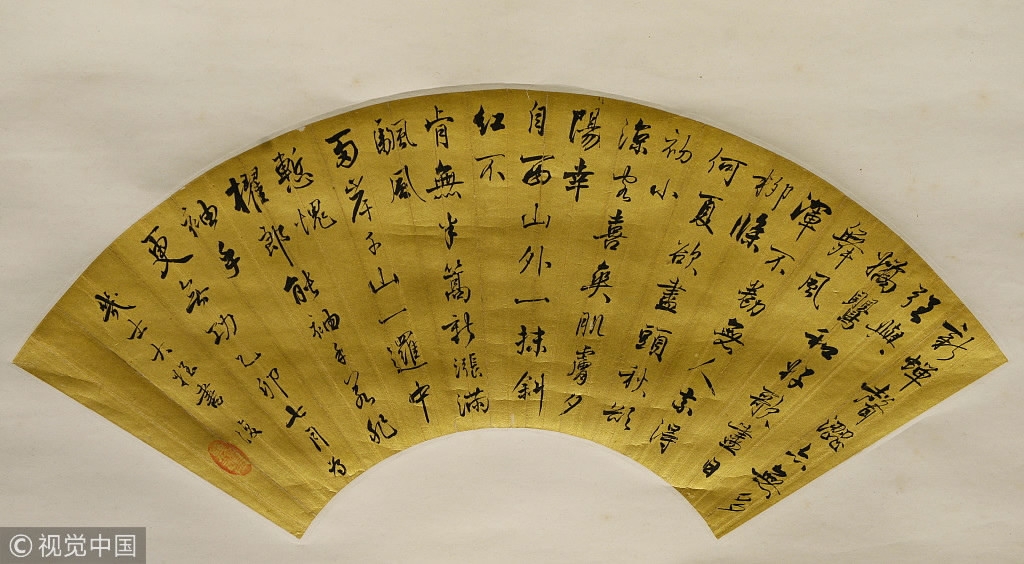
Yan Fu's Chinese calligraphy /VCG Photo
Yan Fu's Chinese calligraphy /VCG Photo
Born in 1854 during the Qing Dynasty, a tumultuous period in the late 19th and early 20th centuries, Yan appealed to the public for national salvation with both traditional Chinese learning and modern ideas.
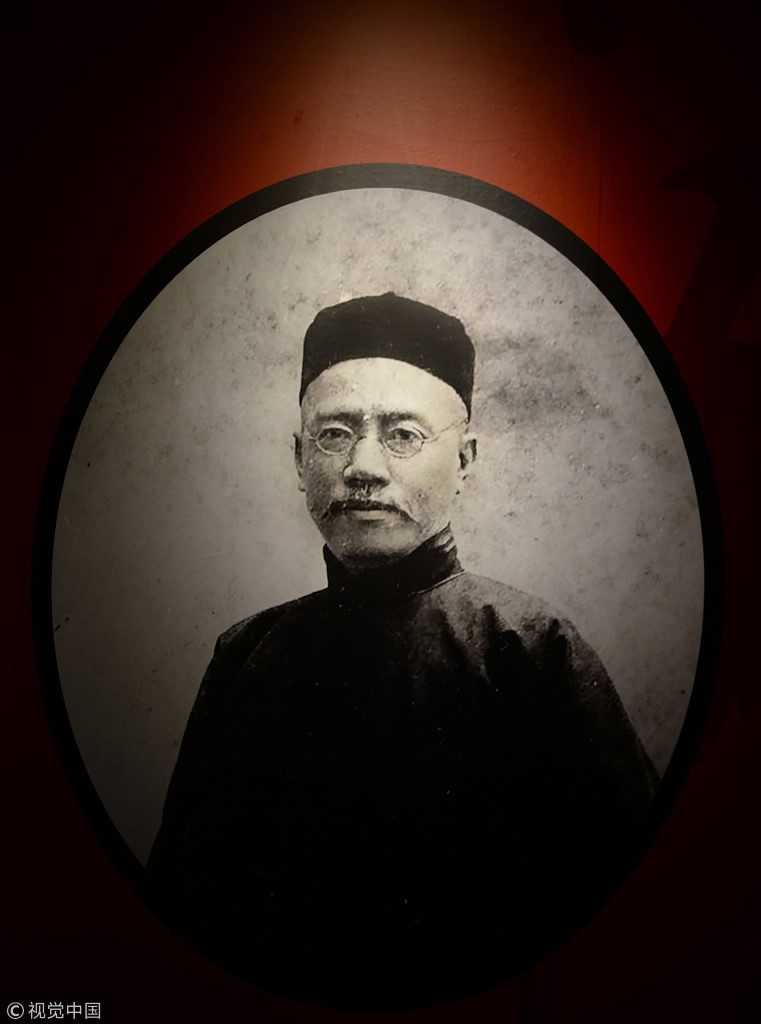
A portrait of Yan Fu / VCG Photo
A portrait of Yan Fu / VCG Photo
He systematically introduced Western sociology, politics, economy, philosophy, and natural sciences to China, awakening a generation of progressive scholars to the reality, and posing substantial influences on the progress of Chinese history.
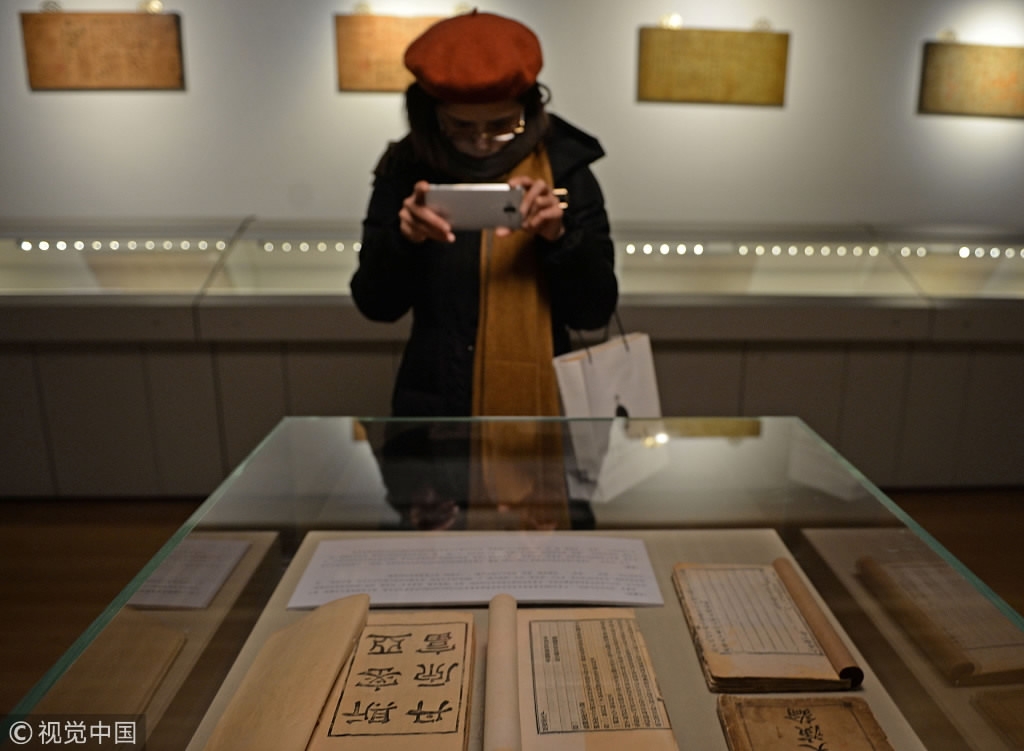
A visitor takes photos of Yan Fu's translation work. /VCG Photo
A visitor takes photos of Yan Fu's translation work. /VCG Photo
Yan initiated the tripartite formula of faithfulness, expressiveness, and elegance as the fundamental principles for translation and rendered dozens of Western works such as Thomas Huxley's “Evolution and Ethics” and “The Wealth of Nations” by Adam Smith.
With the introduction of Western curricula and methodology, he promoted educational reform and quality-oriented, all-round education. He was also the first president of Peking University, and was one of the founders and presidents of Fudan Public School.
2km

SITEMAP
Copyright © 2018 CGTN. Beijing ICP prepared NO.16065310-3
Copyright © 2018 CGTN. Beijing ICP prepared NO.16065310-3